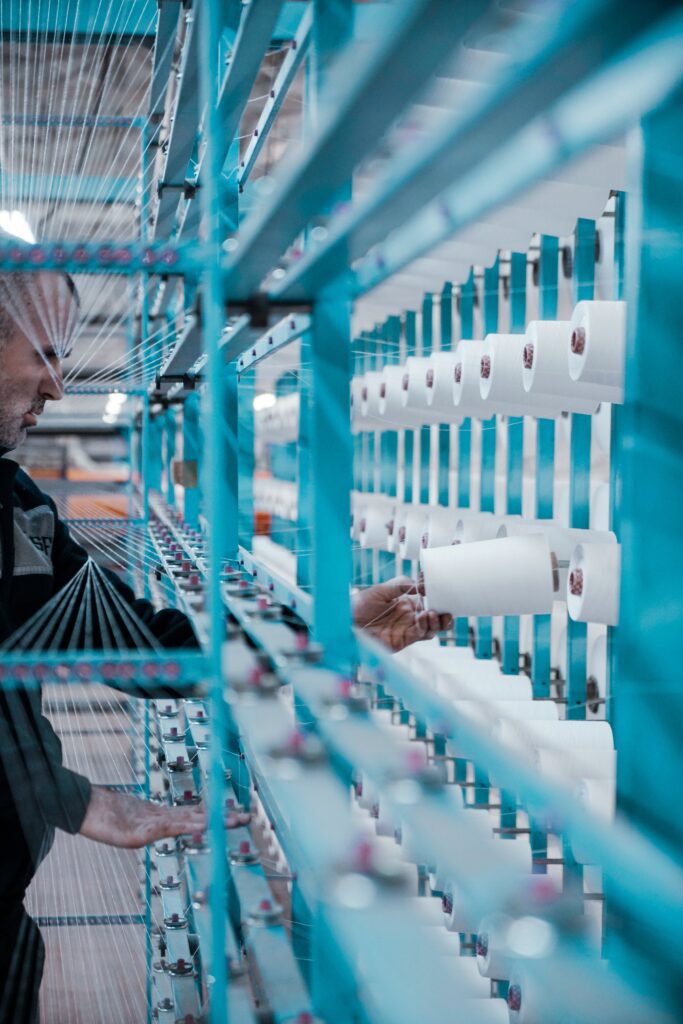What is Operational Efficiency?

Operational efficiency broadly refers to the ability of an organization to deliver quality services with fewer resources. The more output an organization can produce from a given amount of input, the more efficient those operations likely are. This is mainly a function of two variables, the quality of an organizations operations and its operating expenses.
Challenges and pressures increase by having to work to tight deadlines. Due to this, the productivity of both onsite and offsite employees can be affected by the availability of time-critical information. Operational efficiency is gained through a company by cost-effectively streamlining its base operations while eliminating redundant processes and waste. Generally, this is done by focusing on resource utilization, production, inventory management and distribution.
Steps to Improve Operational Efficiency
Test Your Workflow
Before deciding to change your manufacturing company’s workflow, you need to examine it by altering certain parameters scientifically and then measuring the results. Make a hypothesis before experimenting with changes, then compare the results with your assumptions and your previous manufacturing operating conditions. This will give you a clear perspective on what changes should be made.
Set a Strategy for Material Ordering
Ensure that the raw materials for production are always available so that this will not hinder your production process later. You should be able to forecast when you should place an order and how many items you should request from your suppliers. You could create blanket orders for the materials that you use most often and require a long lead time.
Identify Bottlenecks in Your Operations
One of the most effective ways to improve operational efficiency is to analyze the things that cause congestion in the production process. Once the bottlenecks have been identified, you can come up with tactics. These will remove them so that your production process is no longer delayed.
Provide Employee Training
Manufacturing operations won’t run smoothly if the employees are incompetent in their work. Therefore, you need to focus on the quality of your employees. Frontline employees have a big impact on the efficiency of the production cycle as well as the quality of your products. So it is very essential to regularly provide employee training in order to develop their skills and improve their professionalism. To assist you in managing the training, consider implementing a training management software.
Use an Automated System to Improve Efficiency
In this technological era, manual works should have been abandoned. Without simplification, manufacturing tasks throughout your operations can be delayed. this results in a waste of time and resources, inconsistent product quality, delays in meeting consumer demands and other negative results. In order to improve overall operational efficiency, software/ technology must be implemented to simplify processes.
An automated system built for manufacturing industry can help your company’s operations in many ways. Some of the solutions provided include automated manufacturing and work order generation, multiple work center management, order planning, cost analysis, routing management, project scheduling and inventory management. Before deciding to invest in an automated system, make sure that it is flexible enough to be integrated with other systems and customized to meet your needs.

Keep Your Manufacturing Site Safe
It is essential to enhance the security in your production area. Manufacturing operations involve the use of heavy machines and equipment which have high accident risks. You may be wondering how this might have an impact on the production process, but the reason is actually very reasonable.
When a worker gets injured while working on the production floor, the manufacturing process must be stopped immediately. The incident may result in production delays so you may have to reschedule the whole production process again. Other problems that can arise from the lack of security on factory floors include the loss of skilled and efficient workers, production floor closures for incident investigations, increased insurance costs and damage to production equipment. Therefore, it is very important to prioritize workplace safety so that your employees can work optimally without worrying about getting injured.
Manufacturing operations are a complex and risky processes. It is crucial that caution is used throughout, from top to bottom, but it is also important to be efficient. With help of improved training, ordering and with the implementation of software, companies can spend less time and money on slow operations and reach their maximum output levels.





